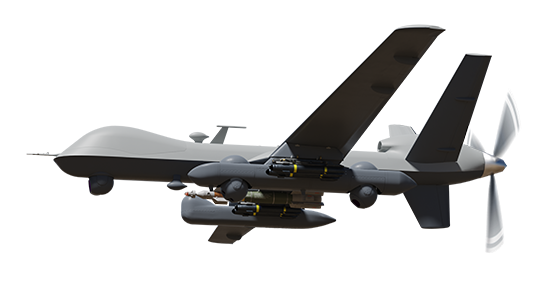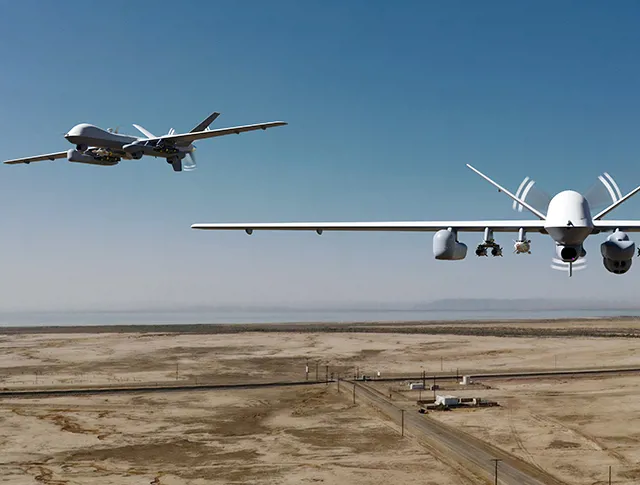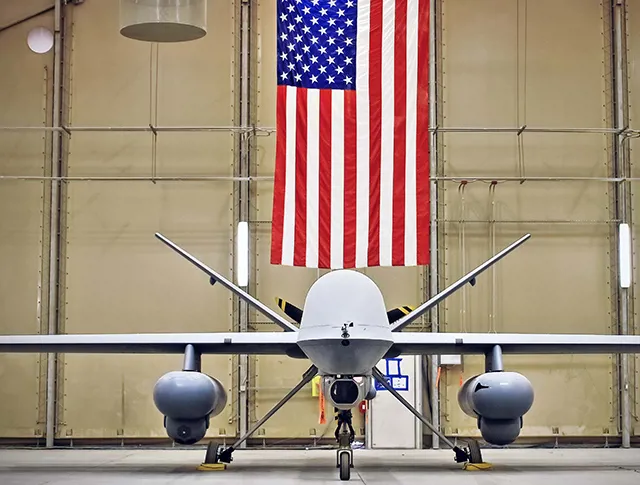Gorgon Stare Benefits & Features
Combatant Commanders' reconnaissance asset of choice with over 100,000 combat flight hours supporting Counter-Terrorism and Counterinsurgency operations.
Open, standards-based, non-proprietary imagery processing and viewers.
Tailorable for mission diversity to integrate with various manned and unmanned aircraft as a podded or de-federated system.
Supports SNC’s Beyond-Line-of-Sight (BLOS) Pod for worldwide system Command & Control and data dissemination.
More collected pixels than any other fielded WAMI system (8.1 Gigapixel EO/180 Megapixel IR).
Capable of live imagery stream dissemination via multiple communications paths and datalinks.
Integrated comms suite allows for AbMN readiness and flexibility to adapt to new AORs with minimal configuration changes.
Agile Flight Paths provide improved flexibility in a wide variety of operational scenarios.
EO/IR Concurrent Collection enables EO/IR fusion, enhanced object characterization and redundancy between complimentary WAMI sensors.





